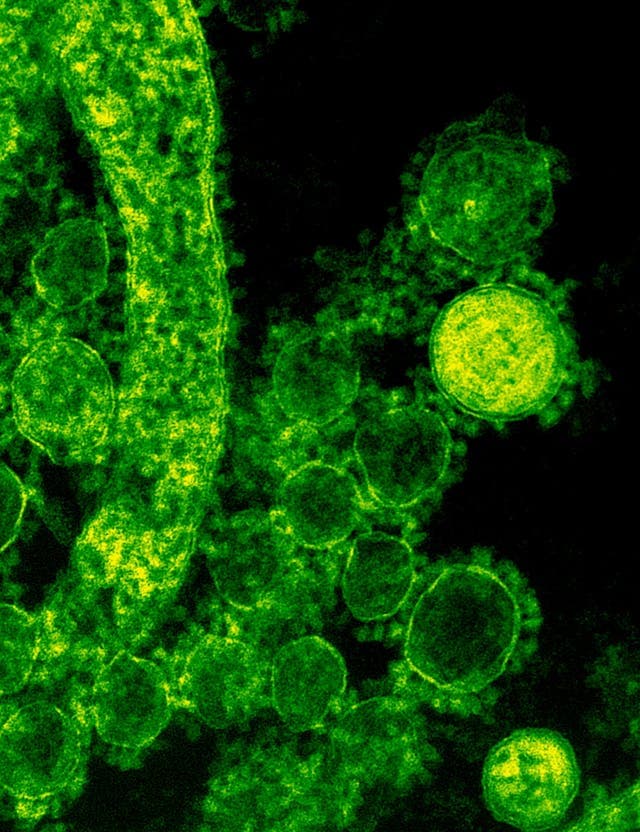China is currently facing a surge in cases of Human Metapneumovirus (hMPV), a respiratory pathogen known for causing both upper and lower respiratory tract infections. While hMPV is a well-known virus, its resurgence has raised public health concerns due to its potential severity, particularly in vulnerable populations such as children, the elderly, and immunocompromised individuals.
Understanding hMPV
Human Metapneumovirus (hMPV) is a member of the Paramyxoviridae family, closely related to Respiratory Syncytial Virus (RSV). It spreads primarily through respiratory droplets and direct contact with contaminated surfaces, leading to cold-like symptoms and, in severe cases, bronchitis or pneumonia. Although hMPV infections occur worldwide, the recent spike in China has prompted heightened surveillance.
Current Epidemiology in China
- Reports indicate a notable rise in respiratory infections, particularly among children under 14, in northern regions of China.
- Health authorities have increased monitoring efforts to detect and contain outbreaks.
- Experts warn that the prevalence of hMPV could escalate further during the winter season, coinciding with influenza and RSV cases.
- Importantly, there is no evidence of a novel strain or pandemic-level threat at this time.
Clinical Manifestations of hMPV
- Mild Symptoms:
- Fever
- Cough
- Nasal congestion
- Fatigue
- Severe Symptoms:
- Wheezing
- Difficulty breathing
- Bronchitis or Pneumonia
At-Risk Populations
- Infants and young children, particularly those under 5 years of age.
- Elderly individuals with pre-existing respiratory or cardiac conditions.
- Immunocompromised individuals, including cancer patients and organ transplant recipients.
Management and Treatment
Currently, there is no antiviral therapy specifically approved for hMPV. Treatment focuses on symptomatic relief and supportive care, including:
- Oxygen supplementation for respiratory distress.
- Antipyretics and hydration to reduce fever and dehydration.
- Bronchodilators for wheezing and airway support.
Preventive Strategies
Given the respiratory transmission of hMPV, prevention revolves around basic hygiene and precautionary practices:
- Hand Hygiene: Regular handwashing with soap and water.
- Mask Usage: Wearing masks in crowded or enclosed spaces.
- Sanitization: Frequent disinfection of surfaces and objects.
- Social Distancing: Avoiding close contact with symptomatic individuals.
- Early Medical Intervention: Seeking timely treatment for symptoms, especially in high-risk groups.
Vaccination: An Essential Layer of Protection
Although there is currently no vaccine for hMPV, immunization against other respiratory illnesses can help reduce complications and co-infections.
- Influenza Vaccination: Annual flu shots protect against seasonal influenza, reducing the likelihood of overlapping infections.
- Pneumococcal Vaccine: Protects against Streptococcus pneumoniae, a major cause of bacterial pneumonia, especially in high-risk individuals.
Dr. Vaccines International Vaccines and General Clinic specialize in flu shots, pneumococcal vaccines, and international immunizations for travelers, students, and adults.
Government Response
Chinese health authorities have intensified surveillance programs and implemented rapid testing protocols to manage the spread of hMPV. Monitoring systems have also been deployed to detect pneumonia of unknown origin, ensuring readiness against emerging pathogens.
Conclusion
The hMPV outbreak in China serves as a reminder of the importance of preparedness and proactive healthcare measures. While the virus itself is not new, its resurgence calls for vigilance, especially in high-risk groups. Staying up-to-date with vaccinations such as flu and pneumonia vaccines can significantly lower the risk of severe respiratory illnesses.
For more information and professional vaccination services, contact Dr. Vaccines International Vaccines and General Clinic today to ensure comprehensive protection against respiratory infections.




.jpg&w=3840&q=75)












